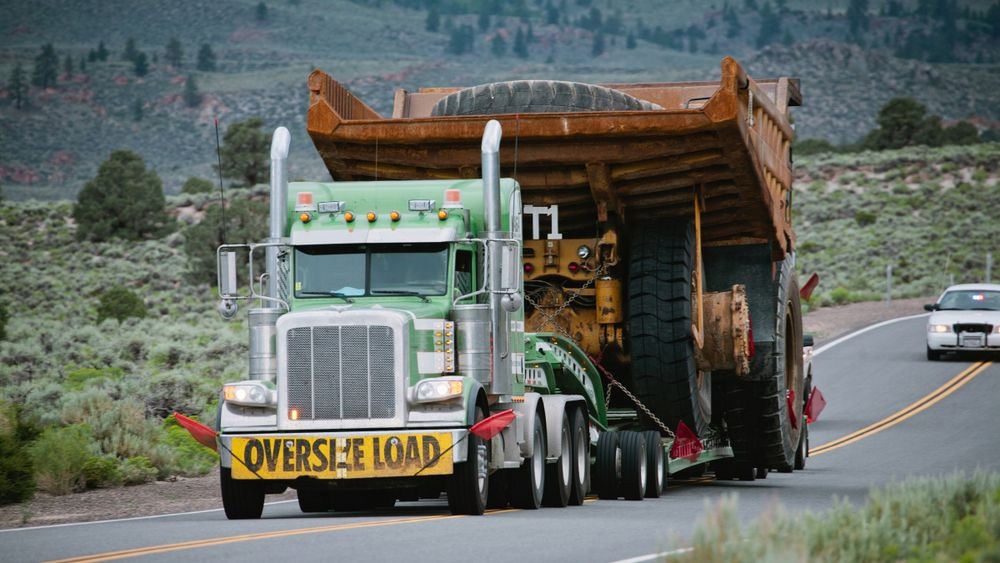
What to Know About Over-Dimensional Cargo
An over-dimensional load can be any of a number of things. A crane. A bulldozer. A backhoe. A building component such as a steel beam. Industrial equipment such as a wind turbine.
Over-dimensional freight is cargo that extends beyond the truck's loading deck. Generally, any load longer than 53 feet, wider than 8½ feet, and taller than 13½ feet is considered over-dimensional cargo, also known as an oversized load.
Such loads necessitate a larger freight vehicle and safety and security measures.
Regulations for transporting over-dimensional freight vary by state. Some of the common categories states may regulate are:
Regardless of the state, if an oversized load is passing through, it will require a permit. An over- dimensional cargo permit application typically asks for a lot of information, including the load's
- nature;
- dimensions;
- weight; and
- destination.
Applying for an over-dimensional cargo permit requires paying a fee. The permit enumerates regulations that must be followed for the load to be shipped. Some of these regulations are
- amount of the fee;
- running times for the cargo;
- the need for escort vehicles;
- any necessary safety equipment; and
- the route.
This permit remains active for a specified time after it's granted.
In the shipping of over-dimensional cargo, safety equipment is a key requirement. The purpose of such equipment is to make other drivers on the road aware of the nature of the load being transported so they will be careful.
- flags;
- banners or signs bearing the words "OVERSIZED LOAD" or "WIDE LOAD"; and
- Lights.
Many states do not require that an oversized load be accompanied by an escort vehicle unless it's wider than 10 feet. Very few states mandate an escort vehicle for all types of over-dimensional cargo. If a state permits transportation of over-dimensional cargo at night, escort vehicles will be necessary, regardless of the nature of the load.
Axle and weight regulations were developed to safeguard bridges in the U.S. Therefore, states will require transport companies to have the correct number of axles and ensure weight is appropriately distributed between all these axles. Regulations will vary according to state.
Most states will limit a carrier's hours on the road when transporting an oversized load. Generally, most states restrict travel to daylight hours (an hour before sunrise to an hour until sunset).
How is Over Dimensional Cargo Loaded and Transported?
An oversized load is transported on a flatbed trailer. Regular dry-van trailers are not equipped for this type of load because of the large size of over-dimensional cargo.
The equipment used to load will vary depending on the oversized load to be transported. Depending on the weight, height, and width of over-dimensional freight, a crane or forklift may need to be used. Once an oversized load has been lifted and placed on a flatbed trailer, there are several ways it can be secured. The disadvantage of flatbed trailers is that they don't provide much protection from the elements. Therefore, the freight might need to be covered with a tarp.
Let Shiplux Transport Your Over-Dimensional Freight
Finding the right carrier for your oversized load can be a tenuous process. Fortunately, Shiplux is here to make this process easier. With our knowledge and experience, you can be sure we are on top of everything, and you can relax knowing your shipment will arrive on time and in good shape. Contact us or request a quote today for over-dimensional cargo shipping.
Recent post

General Shipping Information
A Step-By-Step Guide On Relocating ...
...

Car Shipping
A Comprehensive Guide on How to Shi...
...